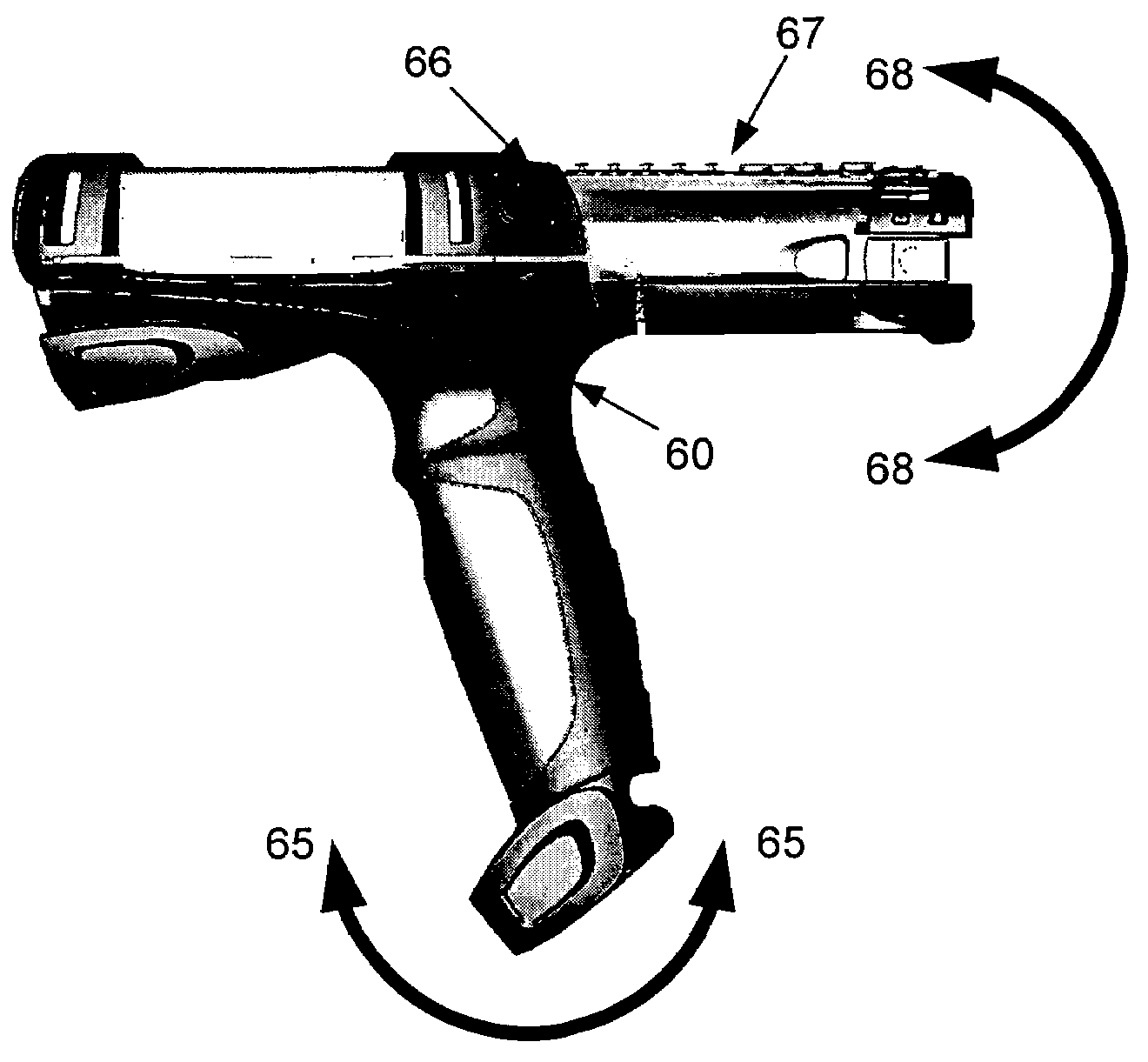Terminal design with shock isolation assembly
a terminal design and shock isolation technology, applied in the field of portable electronic units, can solve the problems of increasing the weight of the unit by the same factor, affecting the stability of the unit, so as to prevent damage to electronic components, dampen an external mechanical shock, and dampen gradual effect of external mechanical shock
- Summary
- Abstract
- Description
- Claims
- Application Information
AI Technical Summary
Benefits of technology
Problems solved by technology
Method used
Image
Examples
Embodiment Construction
[0026]The various aspects of the present invention will now be described with reference to drawings. The invention provides for a system and methodology of isolating a portable electronic unit from external mechanical shocks and / or vibrations, so that the shock energy is significantly absorbed, and reduced to an acceptable safe limit by the time it reaches the electronic components.
[0027]Referring initially to FIG. 1, an exemplary model that depicts one aspect of the subject invention is illustrated. A mobile unit is subjected to an external force as depicted by arrow 10. The mobile unit can be any hand held device with its internal electronic component, such as a circuit board with a Central Processing Unit (CPU) enclosed within a housing. The external force 10 can be induced via a mechanical shock, for example by dropping the unit on a hard surface.
[0028]Level A on the vertical energy axis depicts a level of energy created by external force 10 that can not be tolerated by the elec...
PUM
 Login to View More
Login to View More Abstract
Description
Claims
Application Information
 Login to View More
Login to View More - R&D
- Intellectual Property
- Life Sciences
- Materials
- Tech Scout
- Unparalleled Data Quality
- Higher Quality Content
- 60% Fewer Hallucinations
Browse by: Latest US Patents, China's latest patents, Technical Efficacy Thesaurus, Application Domain, Technology Topic, Popular Technical Reports.
© 2025 PatSnap. All rights reserved.Legal|Privacy policy|Modern Slavery Act Transparency Statement|Sitemap|About US| Contact US: help@patsnap.com



